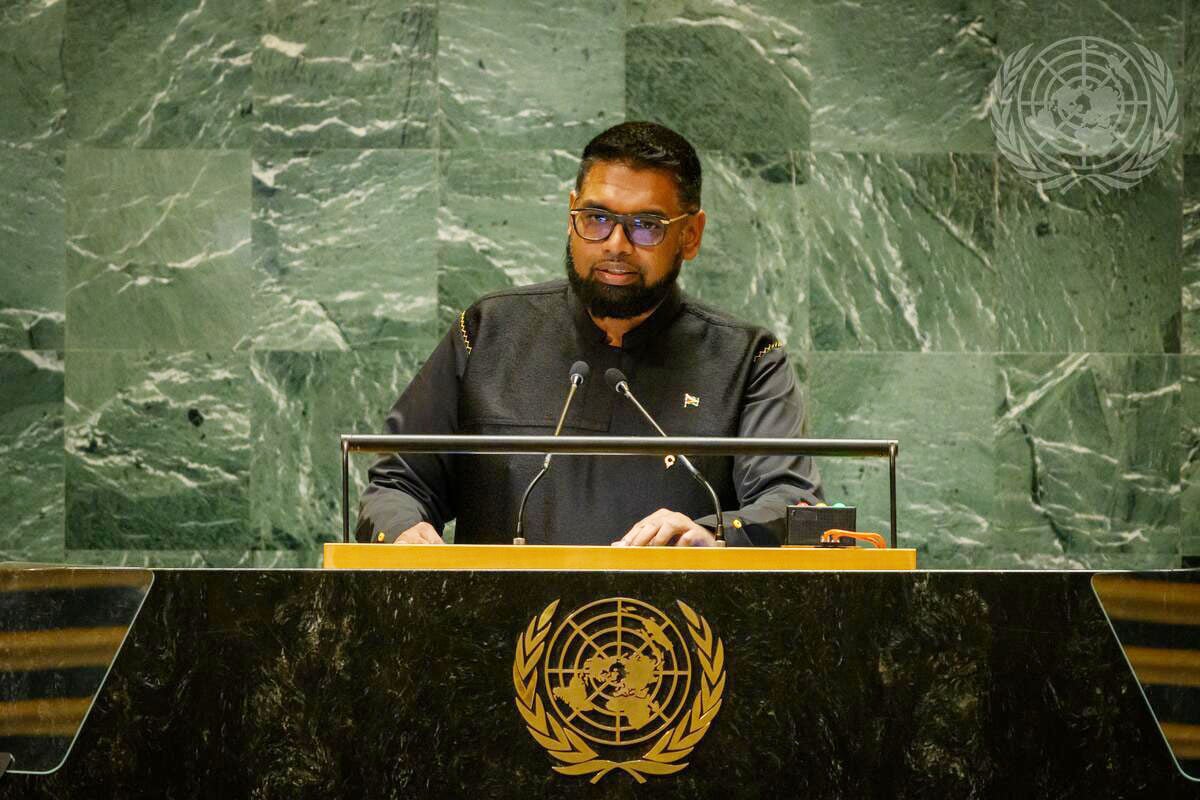The recent disclosure that companies in the United States and France are preparing to invest US$10 billion in oil recovery pursuits off the coast of Suriname point to the likelihood of the most dramatic shift in the collective economic fortunes of the Caribbean Community (CARICOM) since the regional grouping was created just over half a century ago. If few people would have predicted that the predominantly English-speaking region with mostly agrarian economies would eventually benefit from a shift in their fortunes driven by oil and gas, the prospect of that reality would appear to be materializing as, first Trinidad and Tobago and most recently, Guyana moved to press their oil and gas resources into service to lay the foundation for economic transformation.

If the full extent of the socio-economic benefits to be derived from oil and gas are yet to materialize in the Caribbean, the evidence that oil-driven progress is no pipe dream is reflected in the experience of Trinidad and Tobago, regarded as CARICOM’s most developed country and the portents that appear to be emerging for Guyana to ‘score’ even bigger in the oil and gas sector. Suriname, having only just been given a definitive ‘nod’ as the region’s third potential ‘oil power’ is chomping at the bit. Trinidad and Tobago and Guyana having, in turn, enjoyed the global limelight associated with being an oil-producing nation, first, Trinidad and Tobago and, these days, Guyana and Suriname have waltzed into the petro spotlight courtesy of major confirmed oil finds in 2015 and earlier this year, respectively.
The substantive shift by oil-producing Caribbean has occurred through a pattern characterized by, first, awaiting the outcomes of the respective oil searches, erupting in national euphoria when the oil ‘strikes’ were announced and afterwards being overwhelmed by the attention of the so-called ‘oil majors’ and of entrepreneurial embraces by potential investors always on the lookout for opportunities through which to grow their pre-existing fortunes.
The latest prognosis for Trinidad and Tobago is that its petro dreams appear not to be as promising as they once were, the current Dragon Gas deal with Venezuela being, seemingly, the country’s biggest petro-opportunity ‘in town,’ at this point in time. In the instance of Guyana, the country has become one of the most talked-about oil and gas stories globally. Suriname may be the ‘just come’ of the region but there can now be no question than that the former Dutch colony appears to be heading for the petro ‘big time.’ Major oil finds in Guyana and Suriname over the past eight years have placed the two countries on the global petro map, disclosures in the international media to social, economic and political developments in the two countries now appearing with monotonous regularity.
Additionally, these days, the protracted dispute between the two countries over the Corentyne river appears to have become a less ‘prickly’ an issue as it used to be, the energies of the political administrations of President Irfaan Ali in Guyana and Chan Santoki in Suriname seemingly much more focused on building bridges between the two countries. Beyond that, Suriname and Guyana have, over the past few years, significantly enhanced their relations at the level of their respective private sectors through stepped-up cross border interactions.
What the petro breakthrough in both countries has also done is to enhance relations at the level of their respective private sectors. This week (October 15-17) was scheduled to witness the staging in Georgetown of an international business conference, an event that was expected to attract representation from a broad swathe of representatives from the international business community. Named among the expected visitors was a delegation from the French oil company Total, the lead expatriate ‘player’ in Suriname’s pursuit of petro power status. Along with Total other unnamed French and United States companies are reportedly set to invest US$10 billion in oil recovery pursuits offshore Suriname.
In effect the transformation of the petro fortunes of both Guyana and Suriname in less than a decade have resulted in a shift in global attention to what has been earlier described as ‘one of the quieter corners of South America,’ a part of the hemisphere which, reports on the continent, over the years have often characterized as the poorest, even non-descript parts of the hemisphere. In the instance of Guyana, the country’s known oil reserves already causes its name to be mentioned in high-profile petro ‘dispatches’ while the recent disclosure that neighbouring Suriname expects ‘first oil’ by mid-2028, ‘with an anticipated production of 220,000 barrels per day’ is a development which the international oil and gas community simply cannot ignore.
Unsurprisingly, the Presidents of both Guyana and Suriname have had their turns at being the centre of attention, globally, during their respective addresses to the United Nations General Assembly. Their audiences would have included – apart from the customary gatherings in New York of Foreign Ministers and Ambassadors from the world,- other senior state officials dispatched to New York to ‘feel out’ the two Heads of government and their delegations on matters pertaining to the strengthening of business and economic relations. For both Guyana and Suriname those would have been some of the standout moments in the diplomatic history of their respective countries.
Guyana, once best known for a muddled political culture and an economy heavily dependent on frequent interventions from global institutions charged with, among other things, ‘bailing out’ ‘basket cases,’ has become one of the most talked about countries in the hemisphere for altogether different reasons. There appears little, at this juncture, to prevent Suriname from getting there… and quickly.











